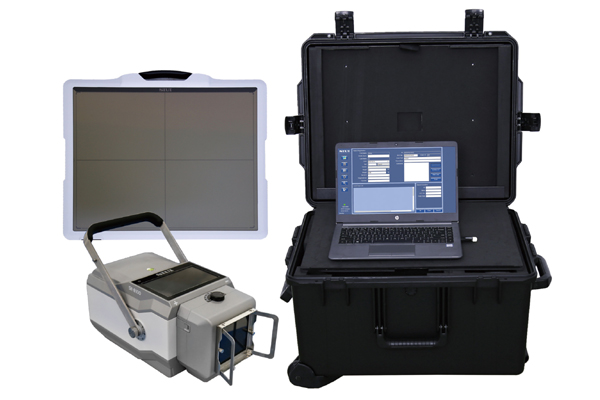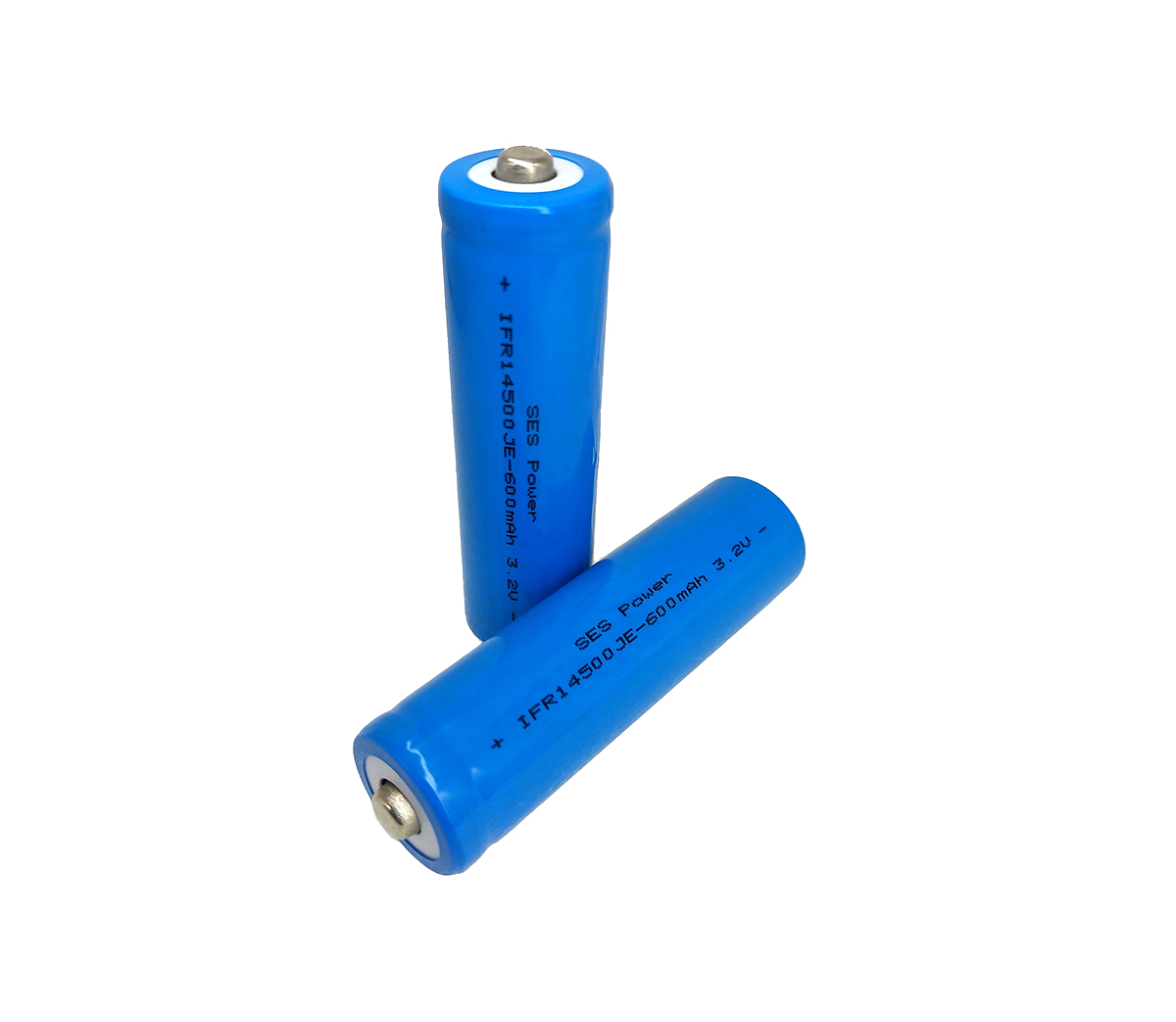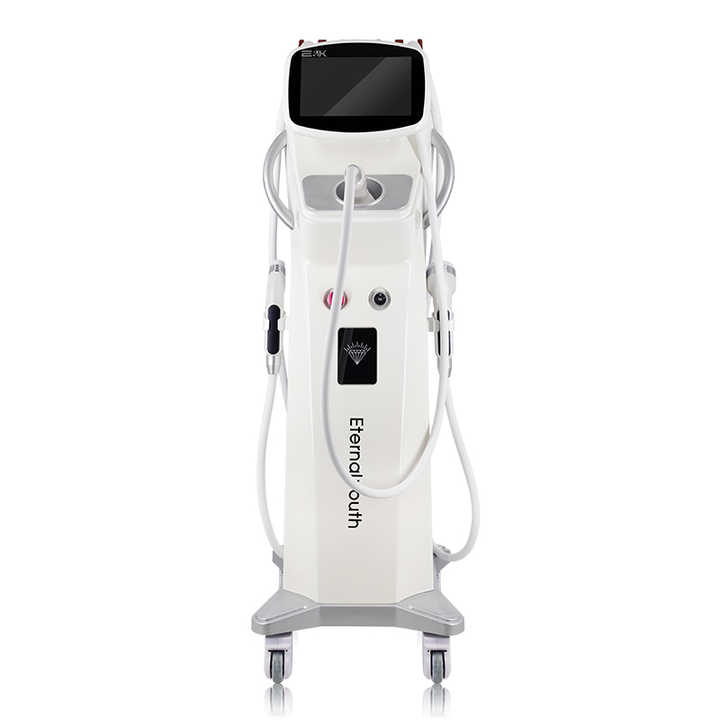Application of the equalization function of multi-string lithium-ion
batteries
For the design of multiple strings of batteries, what needs to be
considered is the consistency of each battery cell in series. The consistency of
the cell is generally divided into several parts: capacity, voltage, internal
resistance and self-discharge rate. The most basic requirement for multiple
strings of batteries is that the batteries connected in series must come from
the same type of batteries, preferably from the same batch, to ensure the
consistency of capacity, voltage, internal resistance and self-discharge.
With the popularization of smart terminals such as mobile phones and
notebooks, the application of lithium-ion batteries has become more and more
widespread. From the perspective of the number of batteries used, devices such
as mobile phones and tablets usually use a single-cell battery and a string of
two parallel batteries. However, notebook batteries and power batteries usually
use multiple cells in series. Let's do some discussion on the use of multiple
batteries in series.
For the design of multiple strings of batteries, what needs to be
considered is the consistency of each battery cell in series. The consistency of
the cell is generally divided into several parts: capacity, voltage, internal
resistance and self-discharge rate. The most basic requirement for multiple
strings of batteries is that the batteries in series must come from the same
type of batteries, preferably from the same batch, to ensure the consistency of
capacity, voltage, internal resistance and self-discharge.
But even for the same battery cell, due to individual differences in
production lines and batch differences, their parameters are generally slightly
different. In order to achieve better performance, batteries are usually grouped
before shipment.
Regarding the capacity, usually when the battery cell factory produces the
battery cell, there is a process to charge and discharge the battery cell
completely, so that the capacity of each battery cell can be measured. Both
voltage and internal resistance can be measured by the device when grouping.
Therefore, in theory, the battery cell factory can group the battery cells
according to the requirements when they ship. The packaging factory then
assembles according to the principle of the same group configuration.
Regarding the parameter of self-discharge rate, generally manufacturers
will not group, mainly relying on design considerations. The self-discharge rate
is strongly related to the thickness of the diaphragm used in the cell design.
Therefore, multiple strings of batteries will use a thicker diaphragm to ensure
the consistency of self-discharge when designing the cell.
Can the battery cell grouping and design optimization we mentioned above
completely avoid the unbalanced situation of the battery? Of course the answer
is no. What we have been discussing so far has always been brand new batteries.
If the battery is used by the user for a period of time, will there be an
imbalance? of course.
The reasons for the inconsistency of batteries after use are mainly divided
into the following two aspects:
1. After the user has used it for many times, the capacity of one of the
battery cells decays faster, causing the battery to appear unbalanced in
capacity.
2. After the battery is used and stored for a long time, the battery cells
will be inconsistent after a long time accumulation due to the difference in the
self-discharge rate.
What to do if the above two situations occur, usually there is a battery
management system in the PACK of our battery, which is our BMS, and there is a
function in this battery management system called the equalization function.
When the battery is inconsistent, the battery management system can find out by
monitoring the voltage of each battery cell in real time. Then start the
equalization function of the battery to discharge the high-capacity cells until
the cell voltage is consistent. According to the current design, the
equalization function is usually activated in the battery charging and resting
state.
If there is an extreme situation, such as a serious decrease in the
capacity of a string of cells, the equalization function cannot make the cells
consistent. At this time, there is a risk of overcharging the battery, and the
battery can no longer be used. The battery management system judges that if this
condition is reached based on the voltage, it will burn out the fuse on the
battery's main circuit and permanently prohibit the use of this battery. If the
user encounters this situation, he must go to the manufacturer's professional
repair station to replace the battery.


































